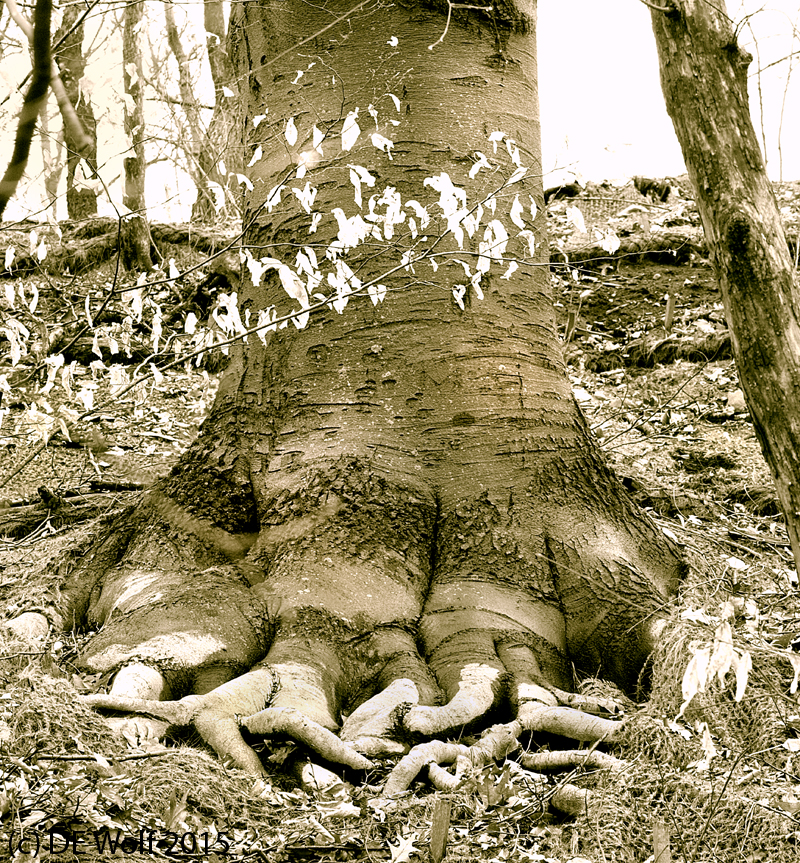In New England there are two Avalons. The first, or earliest, refers to Avalonia, which was microcontinent that developed as a volcanic arc on the northern margin of the Paleozoic continent of Gondwana. It eventually rifted off, becoming a drifting micro-continent. Some of the oldest rocks of Western Europe, Atlantic Canada, and parts of the coastal United States, including parts of Maine and the North Shore of Massachusetts, are Avalonian in origin. Most directly, Avalonia is named for the Avalon Peninsula in Newfoundland. But of course, there is a deeper and much more mythic meaning that derives its origins from the ancient legends of the English speaking peoples.
This is the epic story of King Arthur and the mythic mist enshrouded island referred to as “Avalon.” Avalon was ruled by ” The Lady of the Lake.” There were several Ladies of the Lake. It was the second, Ninianne, who gave King Arthur the sword Excalibur. But it was the first Lady of the Lake, Viviane, who was taught her magic by the great wizard, Merlin. Merlin became enamored of Viviane. But virtuously and cleverly she refused to give him her love until he had taught her all his secrets. Then she used these powers to entrap him forever in the trunk of a tree. Most significantly, and fatalistically Merlin, who had the power to see the future, knew that this would happen, but he was powerless to prevent it. This, I suppose, means that ultimately she was the more powerful sorceress.
A couple of weeks back, I was walking around Fresh Pond in Cambridge and was thinking first about its geological history as a glacial kettle pond. But then I was taken by the still dampness of the mist and the way that light, sky, and water interacted. These are always different. It felt particularly magical on that day, and I was taken (Figure 1) by a tree branch, perhaps a stick figure, protruding through the calm surface of the pond and I thought of the Lady of the Lake, of Viviane. And nearby there was an ancient tree (Figure 2) that was damp from rain and there were strange roots that enabled it to cling to the slope of the hill and seemed to indicate that there was something magical and other worldly about this particular tree. This made me think of Merlin’s tree. All of this lasted only a few minutes, as most moments of mythic awareness do, before I was drawn inevitably back to the realities of the present, to ISO, f-settings, and exposure times and to the need to return to work.
Figure 1 – Canon T2i with EF70-200mm f/4L USM lens hand-held at 70 mm, ISO 1600, Aperture-Priority AE mode at 1/800th sec at f/10.0 with + 1 exposure compensation.
Figure 2 – Canon T2i with EF70-200mm f/4L USM lens hand-held at 70 mm, ISO 1600, Aperture-Priority AE mode at 1/200th sec at f/10.0 with + 1 exposure compensation.



What a beautiful pairing of images, and further pairing images with references. Viviane here could almost be a tree spider-woman–Ariadne(?), too. The huge tree root looks like Merlin has turned into an ogre– it echoes for me too the troll under the viaduct in Seattle, just recently visited…also an elephant. But that would be in Merlin’s powers to change, as he had to an owl, etc. This comment is getting pretty tenuous. Thanks for the inspiration.
To correct the above comment, the Ariadne spurious reference was more to do with popular television culture, with Ariadnes in British and American TV being spiders or insects.
The classical Ariadne had to do with Minos, Dionysus, Theseus, and the labyrinth. Ariadne was a thread spinner, which provided a way out of the maze, and the tie-in (if you will) with spiders.
Thank you, Wikipedia!
Pingback: Tales of the Cthulu Mythos